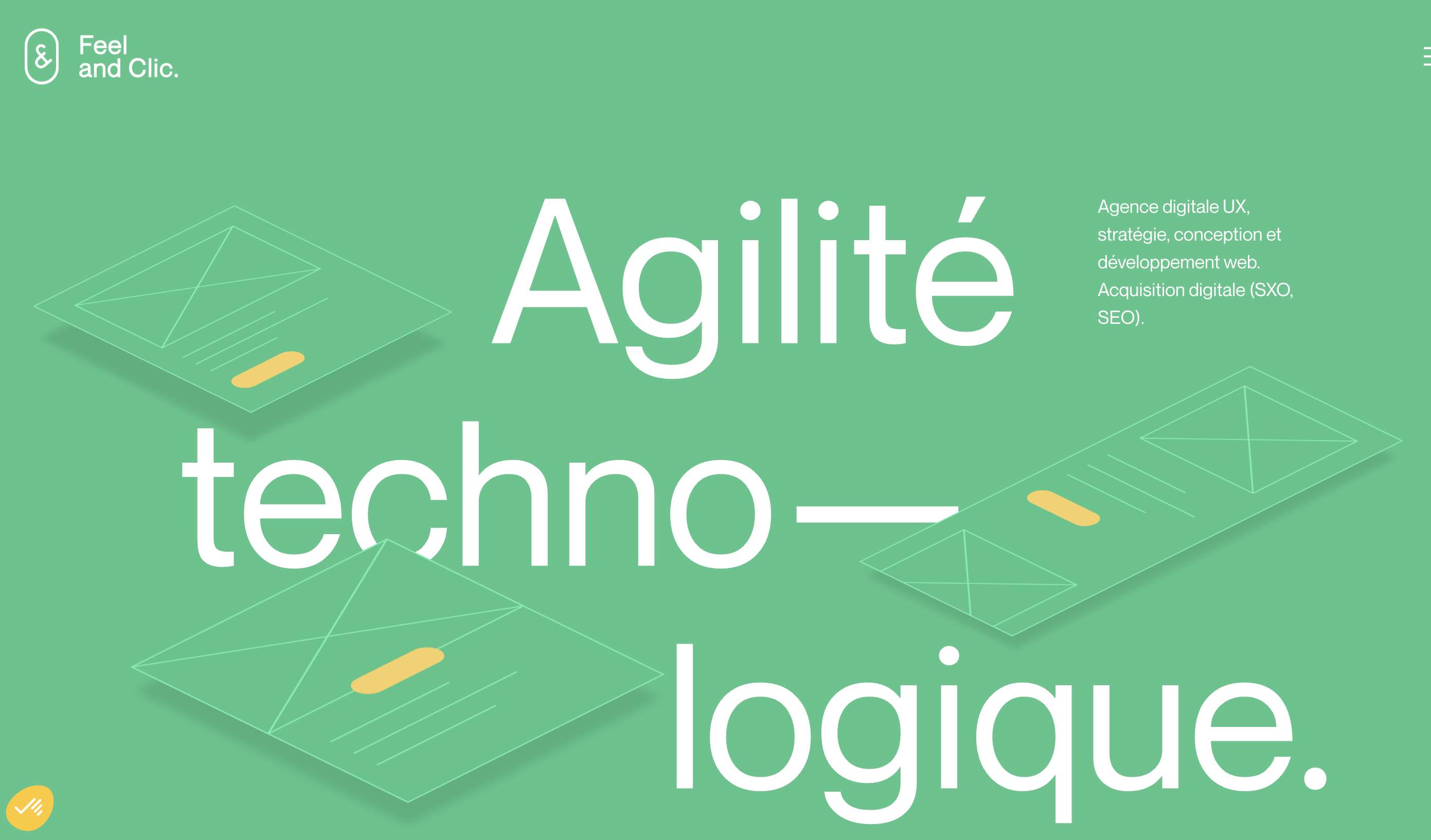Understanding User-Centered Design
What is User-Centered Design?
User-centered design is a design approach that prioritizes the needs, preferences, and limitations of end-users throughout the entire design process. It emphasizes empathy, ensuring that the final product not only meets design goals but also solves real-world problems faced by users. By consistently keeping users at the forefront, designers can create more engaging, efficient, and accessible products.
The Importance of Understanding User Needs
To truly grasp the essence of user-centered design, one must delve into the nuances of user needs. This involves conducting thorough research to gather insights into user behaviors, expectations, and pain points. By investing time and resources in understanding users, designers can craft experiences that resonate deeply with them and cater to their specific demands.
Iterative Design for Optimal Solutions
User-centered design thrives on an iterative process, which involves cycles of prototyping, testing, and refining based on user feedback. This approach ensures that any potential issues are addressed during the design phase rather than post-launch. Such a method not only enhances the user experience but also leads to products that are more aligned with market needs.
For a deeper understanding of how user-centered design principles can shape user experiences, you might want to explore more about
design thinking strategies.
The Role of Designers in User Experience
Designers as Experience Architects
In the realm of user-centered design, designers occupy the crucial role of experience architects, meticulously crafting every interaction a user has with a product or service. Their mission is to ensure that the user's journey is as seamless and intuitive as possible, elevating the overall user experience (UX).
The essence of a designer's responsibility in user-centered design is rooted in empathy. Designers must immerse themselves in the users' shoes, understanding their needs, challenges, and goals. By cultivating this deep understanding, they can anticipate user requirements and create solutions that meet or exceed expectations.
Beyond empathy, designers must possess a varied toolkit of skills, ranging from research and analysis to prototyping and testing. The synthesis of these skills allows them to transform complex data and user feedback into actionable insights that inform the design process.
Collaboration is another cornerstone of a designer's role in user experience. They often serve as the bridge between different stakeholders, including developers, product managers, and users. Through fostering open communication and iterative feedback loops, designers ensure that the final product genuinely reflects user needs.
Furthermore, designers must adapt quickly to evolving technologies and trends to keep the user experience cutting-edge and relevant. The integration of
design thinking strategies not only empowers designers to harness their creativity but also to deliver innovative solutions that resonate with users on an emotional level.
In conclusion, designers play a pivotal part in crafting user experiences that are both meaningful and delightful, ultimately bridging the gap between human intention and digital interaction.
The Design Process: From Concept to Product
Crafting a Seamless Journey: From Ideas to Reality
In the realm of user-centered design, the journey from a mere concept to a tangible product is a meticulous process that demands attention to detail and empathy towards the end-user. This journey begins with a deep understanding of the users' needs, which forms the foundation of the entire design process. By prioritizing the users' perspectives, designers can craft experiences that are not only functional but also delightful.
The design process typically unfolds in several stages, each crucial to developing a product that resonates with its audience. Initially, designers engage in extensive research to gather insights about the users' behaviors, preferences, and pain points. This research phase often involves user interviews, surveys, and observation sessions, allowing designers to build a comprehensive user persona that guides the subsequent stages.
Once the research is complete, designers move on to the ideation phase, where creativity takes center stage. Here, brainstorming sessions and collaborative workshops are essential for generating a plethora of ideas. These ideas are then refined and narrowed down to the most promising solutions, which are further developed into prototypes. This iterative approach ensures that the final product aligns with the users' needs and expectations.
Prototyping is a critical step in the design process, allowing designers to create low-fidelity models of the product. These prototypes are tested with real users, providing invaluable feedback that informs further refinements. This cycle of prototyping and testing continues until the product is polished and ready for launch.
Throughout this process, designers must also consider the psychological aspects of design, such as color psychology. Understanding how colors influence user emotions and behaviors can significantly enhance the user experience. For more insights into this aspect, explore our detailed article on color psychology in UX design.
In conclusion, the design process is a dynamic and iterative journey that bridges the gap between user needs and innovative solutions. By embracing user-centered design principles, designers can create products that not only meet functional requirements but also delight users at every touchpoint.
Human-Computer Interaction: Bridging the Gap
Understanding the Connection Between Human and Machine
In the realm of user-centered design, the term human-computer interaction (HCI) plays a critical role in shaping the way products are developed and deployed. This unique focus on the relationship between humans and technology enhances our ability to create user experiences that are both intuitive and meaningful. This connectivity is fostered by understanding how users interact with digital systems and leveraging that insight to improve functionalities, interfaces, and overall user experiences.
One essential aspect of HCI is usability testing. By observing how users interact with a product, designers are equipped with powerful data, enabling them to identify areas needing improvement. This constant cycle of refinement ensures that the final product aligns with the expectations and behaviors of its target audience, ultimately leading to increased satisfaction and loyalty.
Moreover, incorporating accessibility features ensures that products are usable by everyone, including individuals with varying abilities. User-centered design doesn't just aim for functionality but prioritizes inclusivity, ensuring technology is accessible to a broader range of users.
For instance, the rise of AI-driven interfaces has opened new possibilities in creating immersive and responsive environments. However, it also presents challenges that designers must carefully navigate to maintain a balance between technological advancement and user comfort. By empathizing with their users, designers have a unique opportunity to harness HCI to its fullest potential, resulting in products that not only meet current demands but are also adaptable to future trends in user-centered design.
In sum, the synergy of human-computer interaction as part of user-centered design propels the journey from mere concept to a product that enriches user experiences. When thoughtfully applied, it bridges the gap between how human emotions and needs harmonize with technological resources, paving the way for successful, impactful designs.
Case Studies: Success Stories in User-Centered Design
Transformative Insights: Real-World Applications
User-centered design has revolutionized the way brands and companies approach their interactions with customers. Real-world examples prove its effectiveness and impact across various industries, demonstrating how empathy and user-focused thinking can lead to unparalleled success.
One striking case is Airbnb, a platform that capitalized on user-centered design to enhance its digital user experience. Faced with the challenge of connecting hosts and guests in a seamless manner, Airbnb dove deep into the user experience to understand their needs, wants, and pain points. By leveraging user feedback, the company was able to develop intuitive features and an easily navigable interface, leading to exponential growth and a global community that felt heard and valued.
Similarly, the banking industry has seen significant transformations through user-centered design. Take the example of Monzo, a UK-based digital bank that prioritizes transparency and user control. By engaging with users through community forums and social media, Monzo could directly address users’ concerns and design a banking app that not only met but exceeded customer expectations. This approach has cemented Monzo’s position as a customer-centric leader in financial services.
Educational platforms like Duolingo have also successfully applied user-centered design principles, creating engaging and interactive learning experiences. By utilizing real-time feedback and data analytics, Duolingo continually evolves its platform to suit learners of all ages and backgrounds, making language learning accessible and enjoyable.
These success stories echo the robust role that designers play in creating memorable user experiences, as discussed earlier in this series. They also highlight that the journey from concept to product, supplemented by effective human-computer interaction strategies, lies at the heart of a product’s triumph.
Looking at these examples lends credence to the optimistic view of user-centered design serving as a catalyst for future innovations. As more companies turn towards this empathetic design approach, the potential for creating meaningful and lasting experiences grows exponentially.
Future Trends in User-Centered Design
Advancements in User-Centered Design
As we look towards the future, user-centered design keeps evolving, shaped by technological innovations and changing user needs. The emphasis remains on understanding users' expectations and integrating these insights to enhance user experiences seamlessly.
One significant trend is the increasing role of artificial intelligence and machine learning in design processes. These technologies enable designers to create more personalized and adaptive interfaces that can predict user behavior and preferences. Such enhancements not only improve usability but also add an element of surprise and delight for users.
Furthermore, the growth of voice user interfaces (VUIs) signifies a shift in how humans interact with devices. This technology challenges designers to rethink traditional ways of engagement, focusing on simplifying interactions while ensuring accessibility for all users.
The concept of "emotional design" is also gaining traction, as designers recognize the importance of creating products that not only function well but also connect with users on an emotional level. This involves crafting experiences that evoke emotions, meet user needs, and build brand loyalty.
Another emerging trend is the integration of sustainable design practices. User-centered design now also encompasses considerations for environmental impact, as there's a growing demand for products and services that contribute positively to the planet.
Finally, cross-disciplinary collaboration is becoming paramount in user-centered design. As mentioned earlier, the role of designers is expanding beyond traditional boundaries, requiring collaboration with fields such as psychology, anthropology, and computer science to create holistic user experiences.
By staying abreast of these trends and continuously refining methods, designers can ensure that they create solutions that are not only innovative but also aligned with evolving user expectations and technological advancements. The journey from concept to product, as previously outlined, will increasingly depend on a designer's ability to adapt and embrace new methodologies for future successes.














